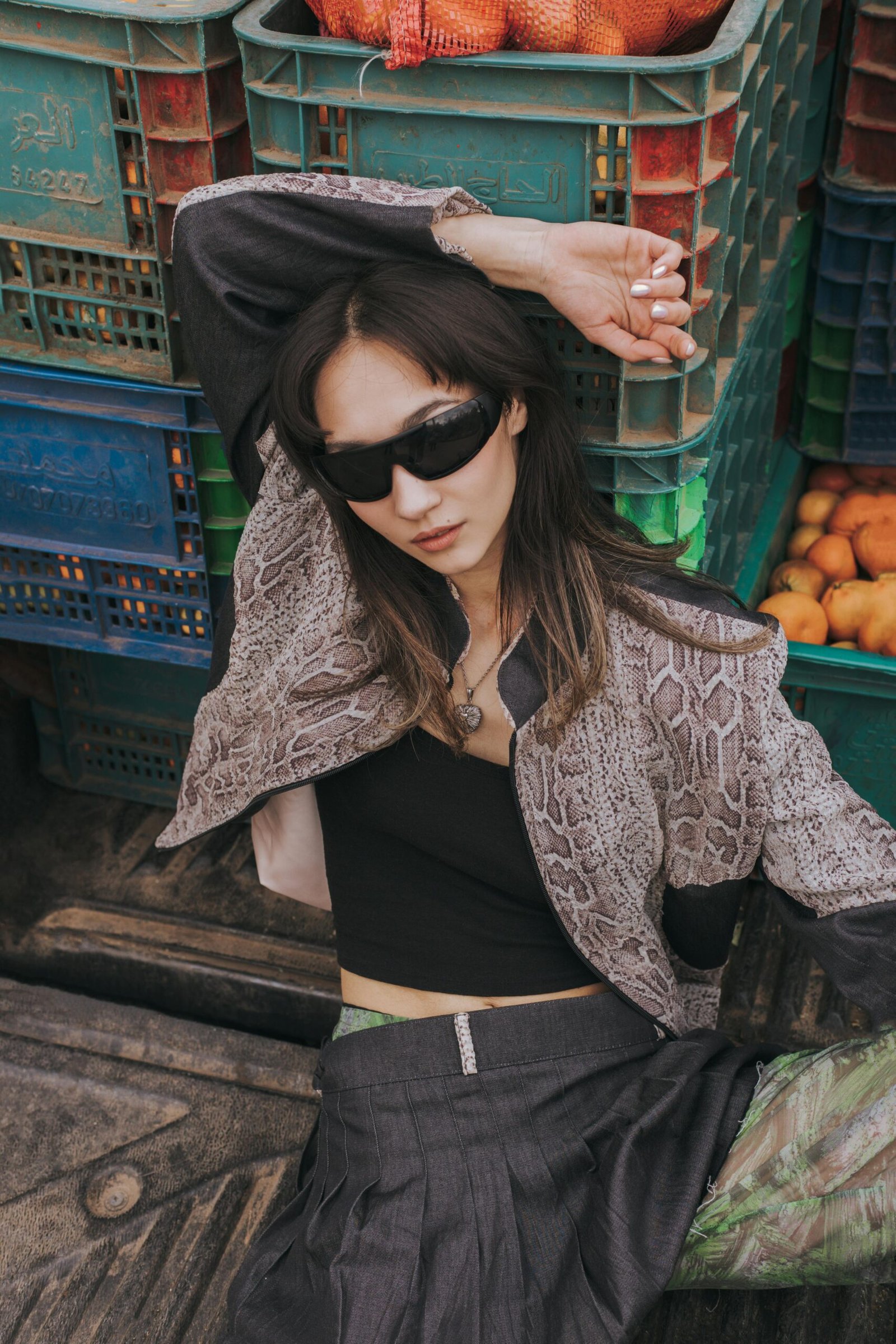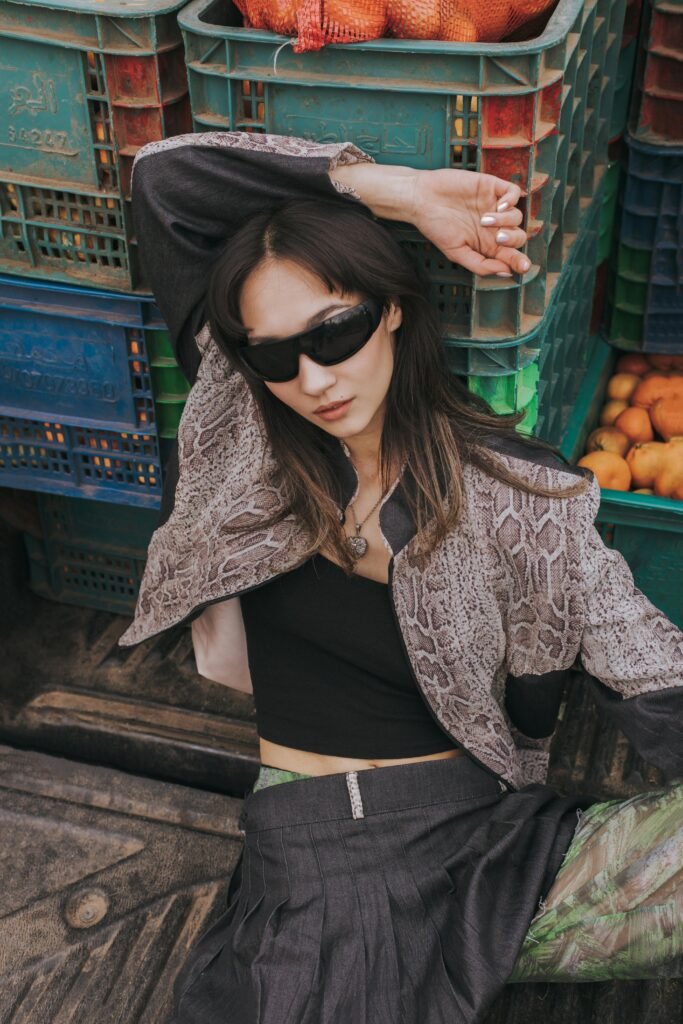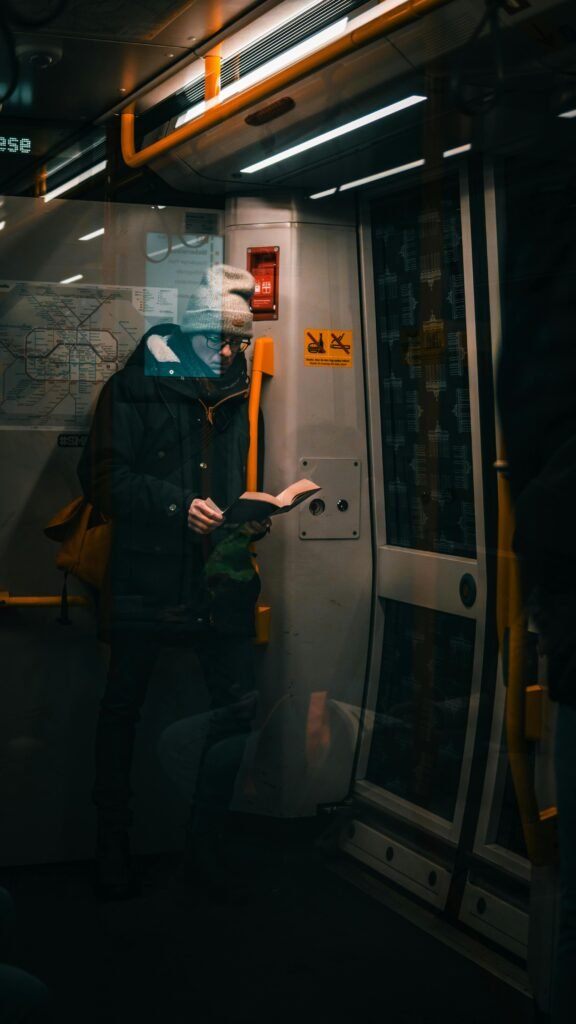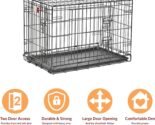
Effective Techniques for Crate Training Anxious Dogs
Welcome to a guide on effective techniques for crate training anxious dogs. Many dog owners struggle with helping their anxious pups feel comfortable in a crate, but with the right approach, it is possible to make this experience a positive one for both you and your furry friend. By implementing gradual introduction, positive reinforcement, and creating a safe and cozy environment, you can help your anxious dog learn to view their crate as a place of security and comfort. With patience and consistency, you can make crate training a successful and stress-free experience for your four-legged companion. Have you ever wondered how to effectively crate train an anxious dog?
Crate training can be a valuable tool for helping anxious dogs feel more secure and comfortable in their surroundings. In this article, we will explore some effective techniques for crate training anxious dogs to help you and your furry companion build a positive relationship with their crate.
Find products like these on Amazon!
Understanding Dog Anxiety
Before diving into crate training techniques for anxious dogs, it’s important to understand the root of their anxiety. Dogs can experience anxiety for a variety of reasons, including past traumas, separation anxiety, fear of loud noises, new environments, or unfamiliar people.
Anxious dogs may exhibit behaviors such as excessive barking, destructive chewing, trembling, panting, pacing, or hiding. Crate training can provide anxious dogs with a safe and secure space where they can retreat and feel calm.
Observing Your Dog’s Behavior
The first step in crate training an anxious dog is to observe their behavior and identify triggers that cause anxiety. Take note of specific situations, environments, or interactions that seem to make your dog anxious.
By understanding what triggers your dog’s anxiety, you can create a crate training plan that addresses their specific needs. For example, if your dog becomes anxious when left alone, you can use crate training to help them feel more secure when you’re not around.
Choosing the Right Crate
When crate training an anxious dog, it’s essential to choose the right crate for your furry friend. The crate should be a safe and comfortable space where your dog can relax and feel secure.
Size and Type of Crate
The crate should be large enough for your dog to stand up, turn around, and lie down comfortably. Choose a crate that is made of sturdy materials and has good ventilation to ensure your dog’s safety and comfort.
You can opt for a wire crate for better ventilation or a plastic crate for a more den-like environment. Consider your dog’s size, weight, and temperament when selecting the right crate for crate training.
Location of the Crate
The location of the crate is also crucial when crate training an anxious dog. Place the crate in a quiet and low-traffic area of your home where your dog can feel safe and secure.
Avoid placing the crate near noisy appliances, doors, or windows that could trigger your dog’s anxiety. Create a cozy environment inside the crate with soft bedding and familiar items, such as your dog’s favorite toys or blankets.

This image is property of images.pexels.com.
Find products like these on Amazon!
Introducing Your Dog to the Crate
Introducing your dog to the crate is a gradual process that requires patience and positive reinforcement to build trust and confidence.
Creating Positive Associations
Start by introducing your dog to the crate with the door open, allowing them to explore the crate at their own pace. Encourage your dog to enter the crate by placing treats, toys, or food inside to create positive associations with the crate.
Avoid forcing your dog into the crate or using negative reinforcement, as this can increase their anxiety and reluctance to enter the crate. Instead, praise and reward your dog for voluntarily entering the crate, even if it’s just for a few seconds.
Gradual Crate Time
Once your dog feels comfortable entering the crate, gradually increase the time they spend inside with the door closed. Start with short intervals of a few minutes and gradually extend the duration as your dog becomes more relaxed and accustomed to the crate.
Use rewards such as treats or verbal praise to reinforce positive behavior and help your dog associate the crate with positive experiences. Remember to keep the crate training sessions short and positive to prevent your dog from feeling overwhelmed or anxious.
Managing Separation Anxiety
For dogs with separation anxiety, crate training can help them feel more secure and relaxed when left alone. Follow these tips to effectively manage separation anxiety in anxious dogs through crate training.
Creating a Routine
Establish a routine for crate training and ensure that your dog feels secure and comfortable in their crate. Create a calm and soothing environment inside the crate with familiar items and a cozy bedding to help your dog relax.
Practice leaving your dog in the crate for short periods of time while you’re at home to help them get used to being alone in the crate. Gradually increase the duration of crate time while you’re away, starting with brief intervals and extending the time as your dog becomes more comfortable.
Desensitizing Departures
Anxious dogs may become stressed or anxious when they sense that you’re about to leave. Help your dog feel at ease by desensitizing departures and making them less stressful.
Practice leaving the house for short periods of time, starting with just a few minutes and gradually increasing the duration. Use cues such as picking up your keys or putting on your coat without actually leaving to help your dog understand that your departures are temporary and not permanent.
Providing Comfort
Provide your dog with comfort items such as favorite toys, treats, or a piece of clothing with your scent to help them feel secure in the crate. Avoid making a big fuss or emotional goodbye when leaving your dog in the crate, as this can contribute to their anxiety.
Maintain a calm and matter-of-fact attitude when leaving your dog in the crate, assuring them that you’ll be back soon and that they are safe and secure in their crate. Consistency and patience are key to successfully managing separation anxiety through crate training.

This image is property of images.pexels.com.
Dealing with Noise Sensitivity
Dogs with noise sensitivity can become anxious or fearful in loud environments or during thunderstorms. Crate training can help anxious dogs feel more secure and protected from loud noises by providing them with a safe and calming space.
Soundproofing the Crate
To minimize noise sensitivity in anxious dogs, consider soundproofing the crate with blankets or curtains to create a quiet and comforting environment inside. Play soft music or white noise to mask loud noises and create a soothing atmosphere for your dog.
Avoid placing the crate near noisy appliances, doors, or windows that could trigger your dog’s anxiety. Create a cozy den-like environment inside the crate with soft bedding and comfort items to help your dog feel safe and secure during noisy or stressful situations.
Desensitizing to Noises
Gradually desensitize your dog to loud noises by playing recordings of thunderstorms, fireworks, or other loud sounds at a low volume while your dog is in the crate. Pair the sound with positive experiences such as treats, toys, or a calming massage to help your dog build a positive association with loud noises.
Increase the volume of the sound gradually over time as your dog becomes more comfortable and relaxed in the crate. Consistent exposure and positive reinforcement can help anxious dogs overcome noise sensitivity and feel more at ease in noisy environments.
Utilizing Crate Training for Fearful Dogs
For fearful dogs, crate training can provide a sense of security and comfort during stressful or unfamiliar situations. Follow these tips to effectively utilize crate training for fearful dogs and help them feel more at ease.
Creating a Safe Space
Create a safe and comfortable space inside the crate where your dog can retreat and relax when feeling fearful or anxious. Use soft bedding, familiar items, and comforting scents to help your dog feel secure and protected in the crate.
Allow your dog to enter the crate voluntarily and avoid forcing them inside, as this can increase their fear and reluctance to use the crate. Use positive reinforcement such as treats, toys, or verbal praise to reward your dog for entering the crate and help them build positive associations with the crate.
Gradual Exposure
Introduce your fearful dog to new environments, people, or experiences gradually to help them overcome fear and anxiety. Use the crate as a safe haven where your dog can retreat and feel calm when faced with unfamiliar or stressful situations.
Practice short training sessions in the crate to help your dog build confidence and trust in the crate. Reward your dog for calmly and willingly entering the crate, even if it’s just for a few seconds, to help them feel more comfortable and secure in the crate.
Consistent Training
Consistency is key when crate training fearful dogs to help them feel safe and secure in the crate. Create a routine for crate training with scheduled feeding times, exercise, playtime, and rest periods to provide structure and stability for your fearful dog.
Maintain a calm and positive attitude during crate training sessions to help your dog feel at ease and relax in the crate. Avoid rushing or forcing your dog to stay in the crate for extended periods, as this can increase their anxiety and fear.

This image is property of images.pexels.com.
Conclusion
Crate training can be a valuable tool for helping anxious dogs feel secure and comfortable in their surroundings. By understanding the root of your dog’s anxiety and using effective crate training techniques, you can help your furry friend build a positive relationship with their crate.
Remember to observe your dog’s behavior, choose the right crate, introduce your dog gradually to the crate, and address specific anxiety triggers through crate training. With patience, consistency, and positive reinforcement, you can help your anxious dog feel more secure and relaxed in their crate.
Find products like these on Amazon!



-
-
7 days
Tagged Anxiety, Crate training, Dogs, Pet care